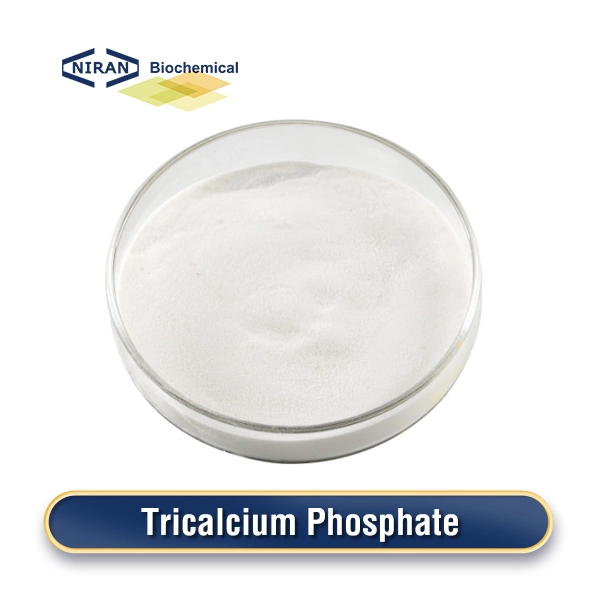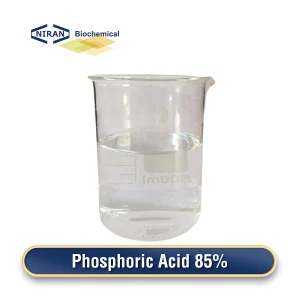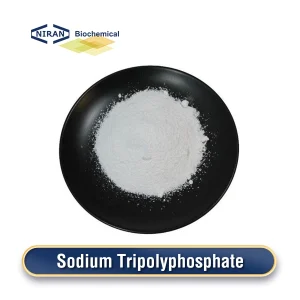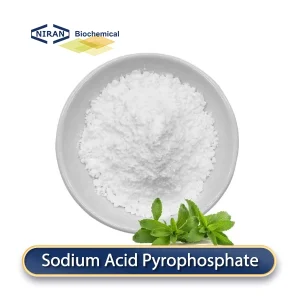Niran Biochemical
YOUR RELIABLE FOOD INGREDIENTS
Send Inquiry
Home » Products » Phosphates » Tricalcium Phosphate
Tricalcium Phosphate
- CAS: 7758-87-4
- Chemical Formula: Ca3(PO4)2
- Certification: KOSHER, ISO, HALAL, FSSC22000, BRC, etc.
- Standard:
- MOQ: 1000KG
- Shelf Life: 2 Years
Inquire Product
Product Description
What is Tricalcium Phosphate?
Tricalcium phosphate is a common inorganic compound with a white amorphous powder appearance. It is relatively stable in the air, almost insoluble in water, soluble in acid, and is usually used as an anti-caking agent, nutritional enhancer, and leavening agent in the food industry.
The main methods for preparing tricalcium phosphate include wet process and dry process. The wet process generates dicalcium phosphate by reacting phosphoric acid with lime milk, and then further reacts to generate tricalcium phosphate. It is simple to operate, has low equipment investment, and has high product purity.
The dry process generates dicalcium phosphate and calcium sulfate by reacting phosphate ore with sulfuric acid, and then generates tricalcium phosphate by high-temperature calcination.
At present, the wet process has become the mainstream preparation process due to its low cost and high product purity.
Related parameters:
| ANALYSIS ITEM | QUALITY INDEXES |
| Assay(as Ca) % | 34.0-40.0 |
| Identification | Pass test |
| Water-soluble substance ≤% | 0.5 |
| Acid Insoluble Substance ≤% | 0.2 |
| Carbonate | Pass test |
| Chlorides ≤% | 0.14 |
| Sulfate ≤% | 0.8 |
| Dibasic salt and calcium oxide | Pass test |
| Arsenic ≤mg/kg | 3 |
| Barium | Pass test |
| Fluorides % | 75 |
| Nitrate | Pass test |
| Heavy Metals ≤mg/kg | 30 |
| Lead ≤mg/kg | 2 |
| Cadmium ≤mg/kg | 1 |
| Mercury ≤mg/kg | 1 |
| Loss on ignition ≤% | ≤% 8.0 |
Recommended dosage:
| Food Name | Maximum usage (g/kg) |
| High calcium bread | 6 g/kg |
| Sports drinks | 1.5 g/kg |
| Dairy products (such as yogurt, milk) | 3 g/kg |
| Cheese | 5 g/kg |
| Chocolate products | 3 g/kg |
| Candy | 2 g/kg |
| Ice cream | 2 g/kg |
| Cakes | 5 g/kg |
| Instant coffee | 2 g/kg |
| Milk tea | 3 g/kg |
| Juice drinks | 1.5 g/kg |
| Baked foods (such as cakes, biscuits) | 5 g/kg |
Tricalcium Phosphate Usage
- Anticaking agent: prevents powdered or granular foods from clumping during storage, maintaining their fluidity and ease of handling.
- Nutritional enhancers: provide calcium and phosphorus, supplement the calcium and phosphorus elements required by the human body, and are particularly suitable for foods that require additional calcium supplementation.
- Leavening agent: in baked foods, helps the dough to rise and improve the volume and texture of the food.
- pH adjuster: adjusts the pH value in certain foods to maintain the stability and taste of the food.
- Flow improver: improves the fluidity of powdered and granular foods for easy processing and packaging.
- Stabilizers and emulsifiers: in dairy products and other emulsified foods, helps maintain the uniform distribution of ingredients and prevents separation.





